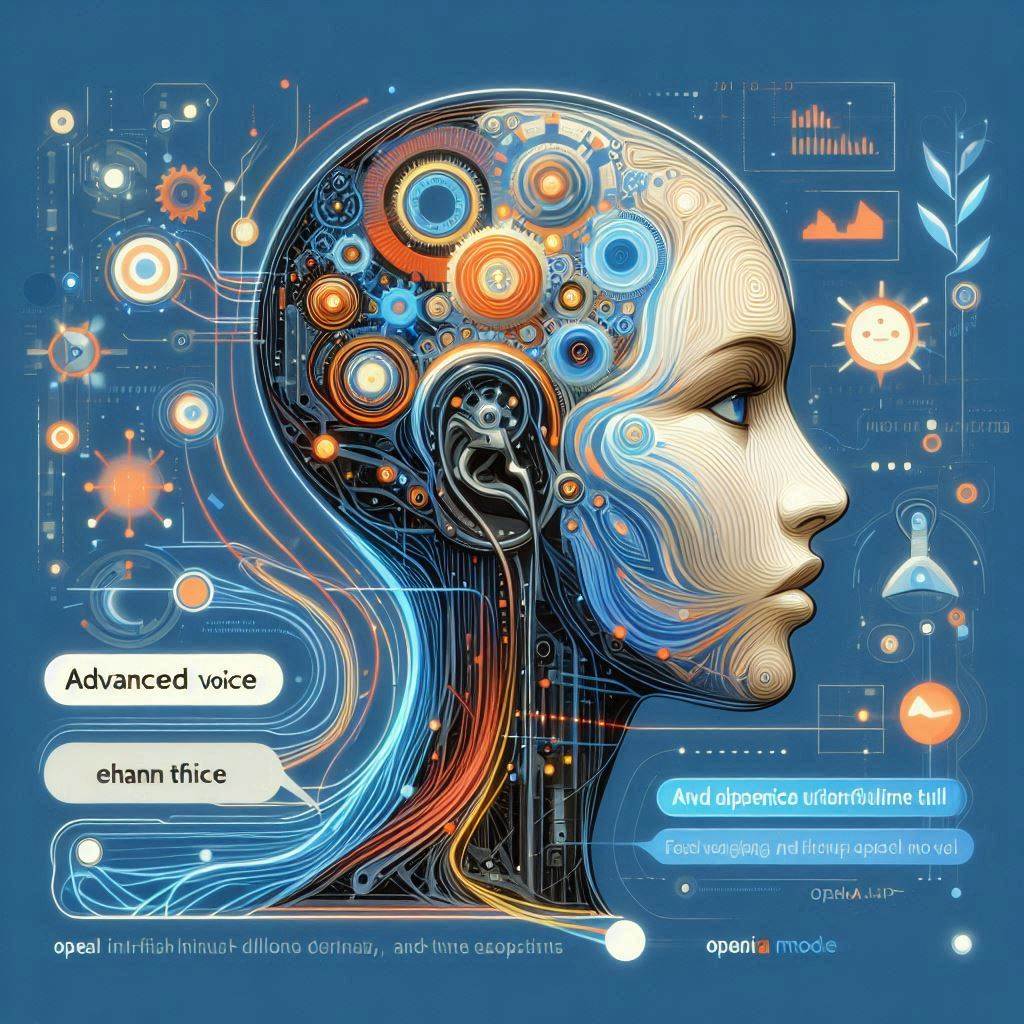ChatGPT Voice Mode Delay: OpenAI Delays Voice Mode Rollout amid Persistent Issues
The Delay Verdict: Balancing Quality and Scale
OpenAI’s decision to postpone the rollout of ChatGPT’s advanced Voice Mode echoes a delicate balancing act. The company aims to provide a unified user experience while guaranteeing the model’s ability to handle millions of interactions in real time. Here’s what led to the rescheduling:
1. Content Refinement Challenges
ChatGPT’s Voice Mode is designed to engage in natural conversations, but it must also detect and refuse harmful or inappropriate content. Attaining this balance requires severe fine-tuning and ongoing improvements. OpenAI wants to avoid false positives (blocking legitimate content) and false negatives (allowing problematic content).
2. Scaling Infrastructure
Topping up Voice Mode to accommodate millions of users presents infrastructure challenges. OpenAI must guarantee that the system remains responsive even under heavy load. This involves optimizing server capacity, minimizing latency, and maintaining reliability.
3. User Feedback and Iteration
OpenAI plans to gather feedback from a small group of alpha users before the wider release. This iterative approach allows them to address any issues promptly and fine-tune the model based on real-world usage.
The Controversy over “Sky” Voice:
During the initial demo, ChatGPT’s default voice, weirdly suggestive of Scarlett Johansson, flickered controversy. Johansson clarified that she hadn’t licensed her voice for the model. OpenAI promptly removed it, highlighting the importance of ethical voice synthesis.
Looking Ahead:
Despite the delay, OpenAI remains committed to thoughtful placement. Voice Mode promises to transform how we interact with AI, and OpenAI aims to get it right.

